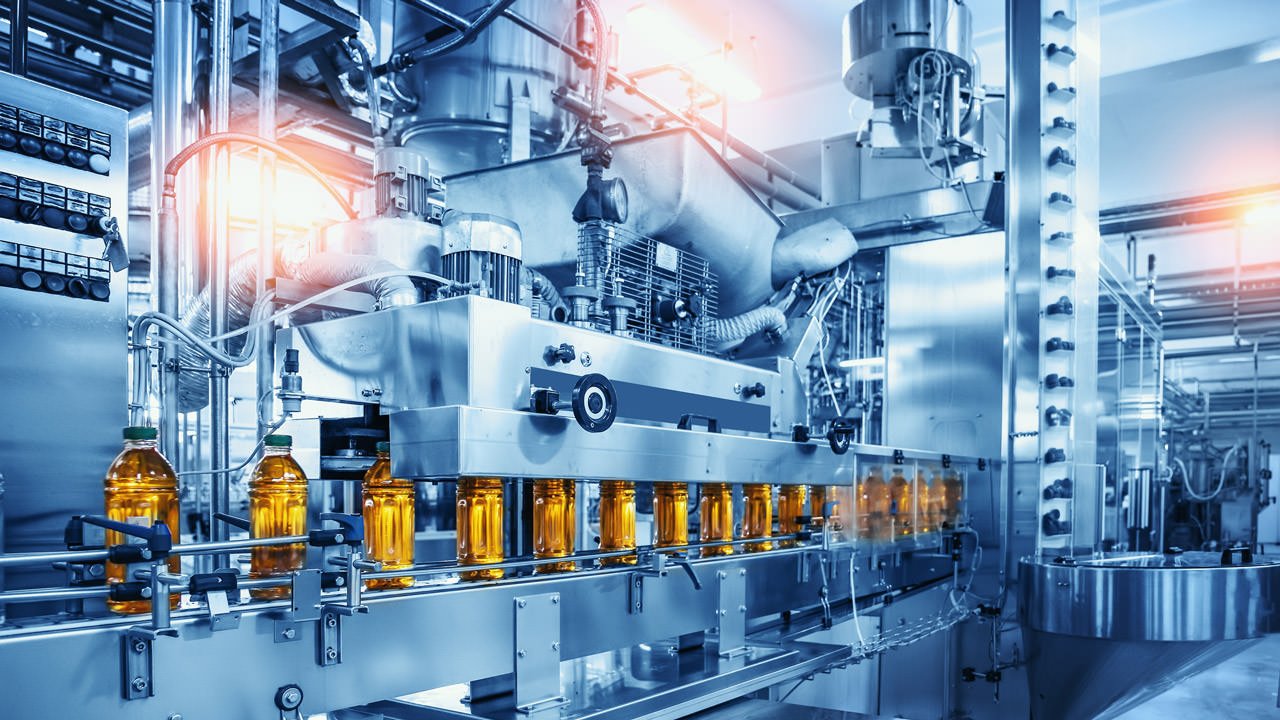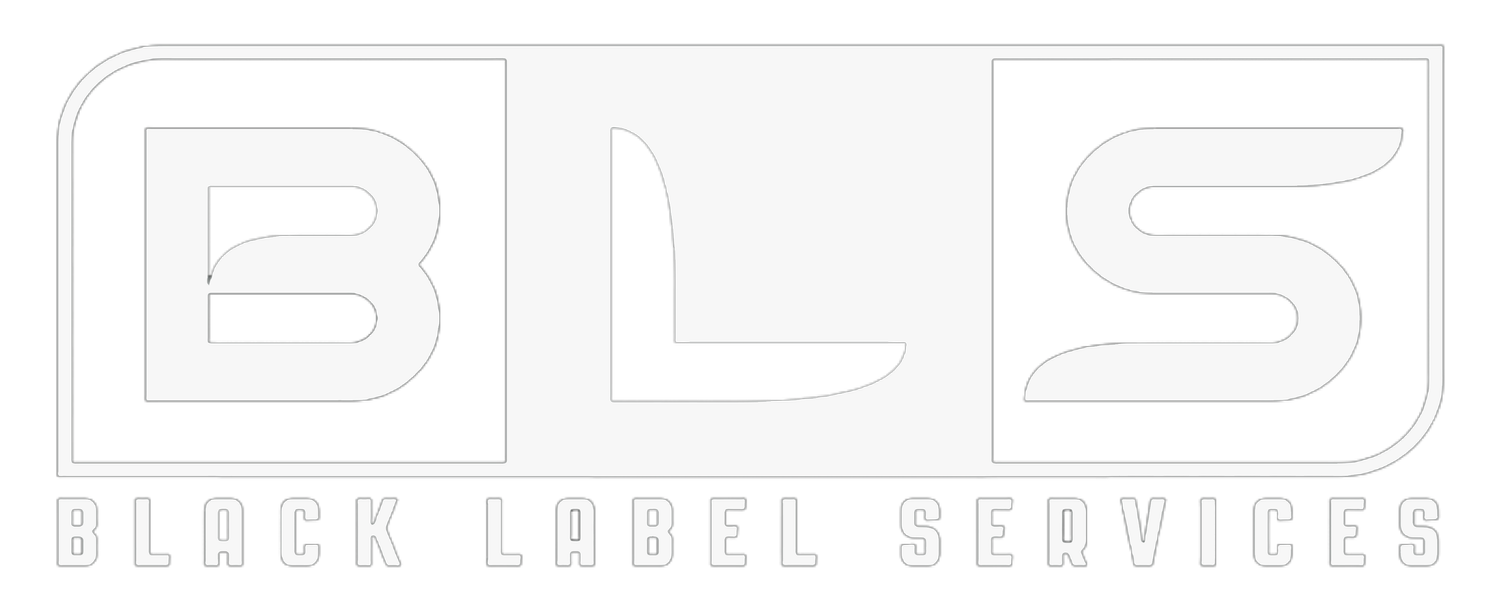
Commercial/Industrial
Automation
Industrial automation is a term used to describe the application of technology to control industrial processes, which is what happens when tasks for human workers are done or assisted by machines through factory automation. Industrial processes can be controlled manually, but with industrial automation, machines can be controlled through the use of computers and other electronic devices.
There are four main types of industrial automation: fixed automation, programmable automation, flexible automation, and integrated automation.
Industrial Automation Systems
-
Fixed automation is the simplest type of industrial automation. In a fixed automation system, the machines are permanently set up to perform a specific task. Once the task is completed, the machine is reset and waits for the next task. Fixed automation systems are used in industries where the tasks are repeated over and over again.
-
Programmable automation is more complex than fixed automation. In a programmable automation system, the machines can be programmed to perform a variety of tasks. This allows factories to produce a wider range of products thanks to the way that the sequence of operations and machines involved can be changed.
-
Flexible automation is the most complex type of industrial automation. In a flexible automation system, the machines can be programmed to perform a variety of tasks, but they can also be adjusted to change the way they perform those tasks. This allows factories to produce a wider range of products, and to make changes to their production line quickly and easily. Flexible automation systems are used in industries where the products vary from one to the next.
-
Integrated automation is the most complex type of industrial automation. In an integrated automation system, the machines are all connected to a central computer. This allows the factory to control all aspects of production from a single location. Integrated automation systems are used in industries where the products are produced in small quantities and where changes to the production line need to be made quickly and easily.
